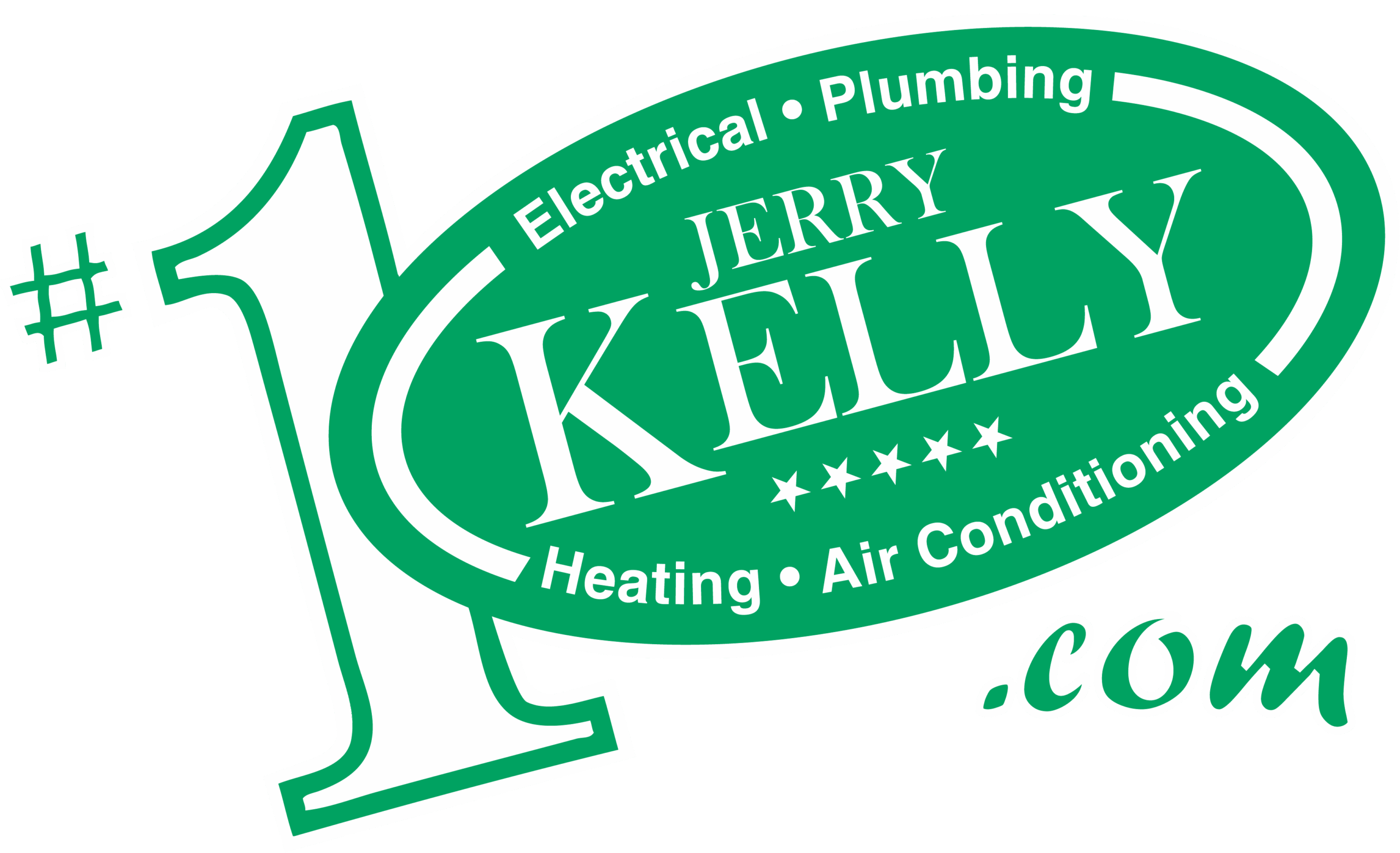The air conditioners that are available today are many times more efficient than the systems that were available just a decade or two ago. Various energy-saving features have been introduced that allow today’s systems to consume less energy than ever before. Today we’re going to highlight some of the features of energy-efficient air conditioners that you should look out for when you’re in the market for a new system!
What are the SEER ratings of energy-efficient air conditioners?
The air conditioners that we install these days have much higher SEER ratings than air conditioners of old. In fact, in 2006 the minimum-allowed SEER rating for new installations was raised from 10 to 13 (a 30% efficiency increase).
If you want an energy-efficient air conditioner, we recommend choosing a unit that at least meets the requirements for the Energy Star label: 14.5 SEER. Systems are also available with SEER ratings up to 18, and you’ll spend less on energy costs by choosing a system with a higher efficiency rating.
How do today’s air handlers help improve air conditioner efficiency?
Some of the most important air conditioner advancements in recent years have been related to increased air handler efficiency. A couple of energy-saving features that relate to today’s air handlers include:
- Variable speed motors. Air handlers with variable speed motors maximize the efficiency of your air conditioner’s airflow because (unlike single, high-speed air handlers) they can operate at multiple different speeds depending on the needs of your system at any given time.
- Automatic fan delay switch. If your air conditioner’s air handler turns off at the same time as your compressor, there’s a good chance that some cool air is left sitting in your ducts. With an automatic fan delay switch, the air handler runs for a brief amount of time after each cooling cycle to make use of that remaining cool air by pushing it into your home’s living spaces.
What other energy-efficient features should you look for in an air conditioner?
- Thermal expansion valves. A thermal expansion valve adjusts the flow of refrigerant through your air conditioner depending on your home’s cooling requirements at any given time. When more cooling is required, the valve increases the flow of refrigerant. When less cooling is required, the valve restricts the flow of refrigerant. As a result, your air conditioner will minimize its energy consumption while still keeping your home comfortable.
- Two stage cooling. Two-stage cooling refers to air conditioners that have compressors with two different cooling outputs (high and low). On milder days, the low setting is used and allows your air conditioner to consume less energy. On hotter days, the high setting is used to keep up with your home’s demands.
If you have any questions about an energy-efficient air conditioner, or if you’d like a cooling system serviced or installed in your home, contact Jerry Kelly Heating, Air Conditioning, Plumbing, & Electrical, your St. Louis heating and air conditioning contractor. We serve the St. Louis area, including towns like O’Fallon, St. Charles, and St. Paul.

